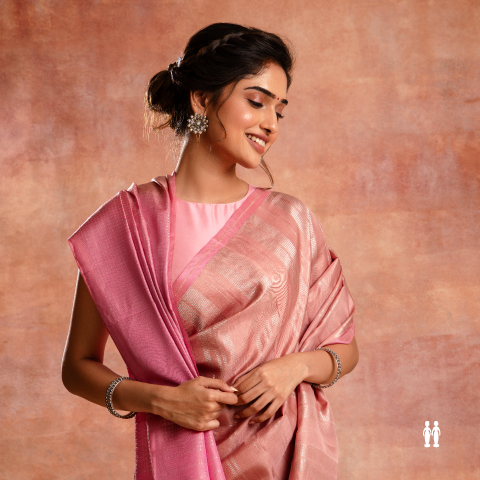The heart of Jaipur lies in its flamboyant ways, from its bustling bazaars, royal palaces and forts to its colourful streets, picturesque countryside and vibrant artisan communities. As a creative and artistic hub, the region boasts of a unique design language that is reflected in its architecture, crafts and textiles. Archaeologists have found various remnants of fabrics featuring the signature Jaipur prints at the Roman trading town of Palmyra in Syria that dates back to the 3rd century. This shines a light on how the art of block printing is closely tied to the Rajasthan and how it has flourished over centuries under royal patronages.
The knowledge and skill required to create breathtaking block prints were passed down via generations of artisans. This extended to working with natural dyes and mordants, techniques of resist printing, dyeing and carving intricately patterned wooden blocks. Supplied with a generous amount of influences from the West, south-east Asian dynasties and indigenous culture, an extensive and unique pattern vocabulary was developed. The most treasured and time-honoured techniques of block printing from Jaipur are the Sanganer and Bagru, which we will be exploring more through this blog.

The basics remain the same; intricately carved teak blocks that are used to print mesmerising patterns and are dependant on precision, teamwork and skill. Interestingly, in an authentic Jaipur block print, up to 30 carved blocks can be used to create a single design and requires 20 people over 10 hours to finish it. While they are both traditional block prints, they can be distinguished based on the colour schemes and design styles.
Sanganeri prints date back to over 500 years and gained immense popularity during the 16th-17th century when the East India Company begin exporting them to European countries. The characteristic trait of this technique is that it uses a pure white base fabric on which delicate and detailed floral trellis patterns are printed. The finesse and intricacy of the foliage prints (buttas) are inspired by the vibrant and vivid roses, lotuses, sunflowers, lilies and marigolds. The artisans of Sanganer employ a special technique called 'calico printing' where the outlines are first printed, then filled in and repeated in diagonal sections. The finer lines and subdued colours make it remarkable and revered.

On the other hand, the origin of Bagru can be traced to Rajasthan's Chippas community about 450 years back. This traditional technique relies on natural dyes and is predominantly done on indigo or blue base fabric. Its trademark design is an amalgamation of geometric patterns and animal/bird motifs. The motifs are comparatively larger than Sanganeri prints as well as bolder. Historically, water was scarcely available in this region due to which resist-printing was preferred. This brought out a reddish tinge in the Bagru block prints. Back in the days, the artisans used to sit on the floor and work on the fabric was stretched across a low table that was 5 feet long.
Each of these block prints is distinct and diverse in its own ways, holding a special place in our heritage and hearts. As torchbearers of India's rich cultural legacy, it is upon us to honour, preserve and promote these crafts. At Sundari Silks, we take great care to ensure that these beautiful prints are treasured like they ought to be. You can find our collection of block printed weaves at our showrooms in Chennai/Mumbai and our online store.






